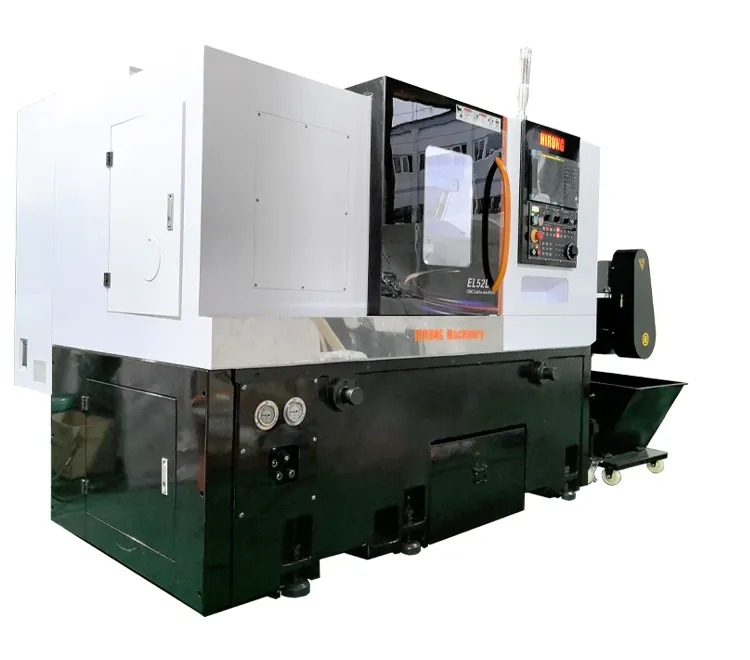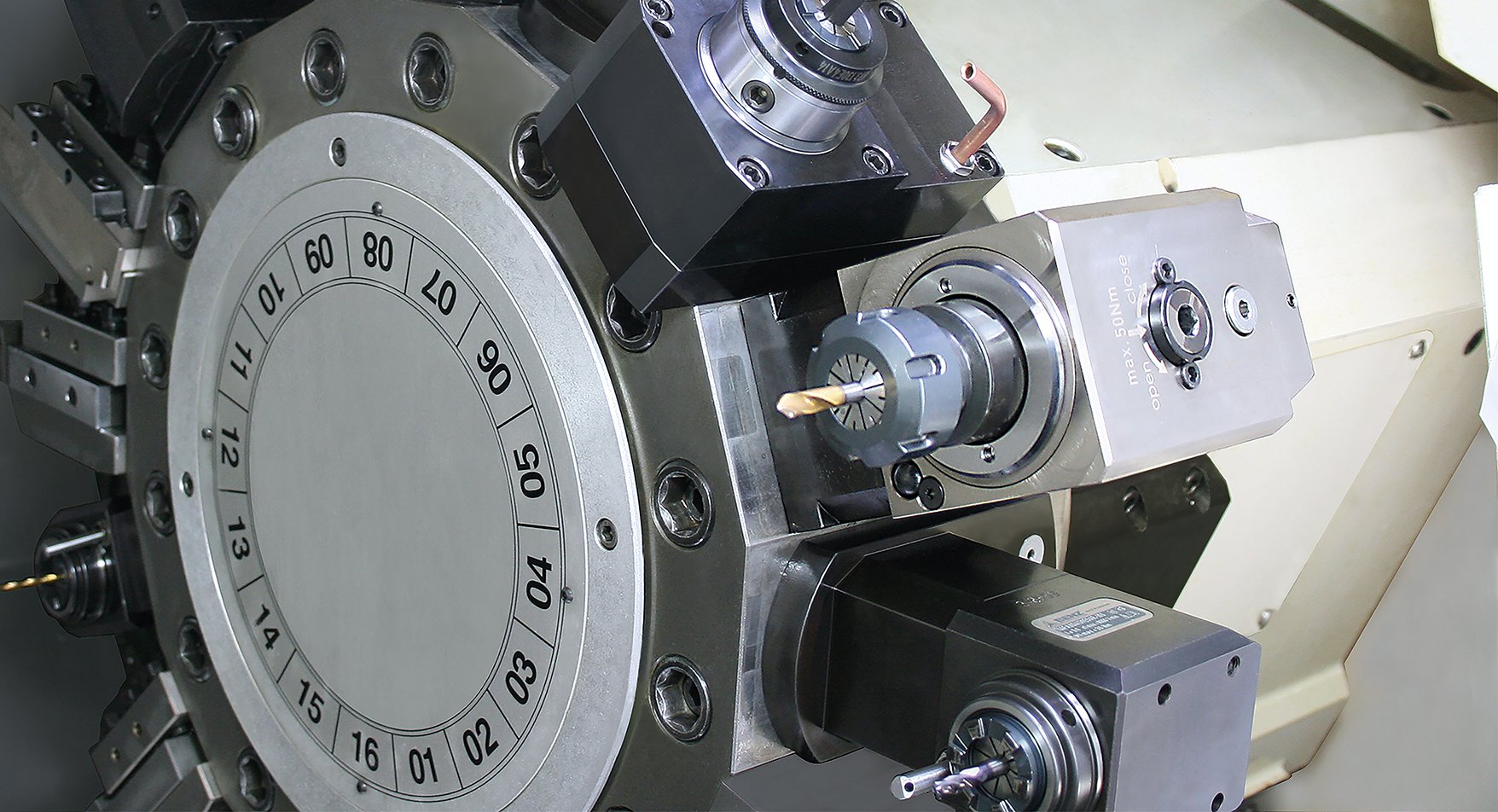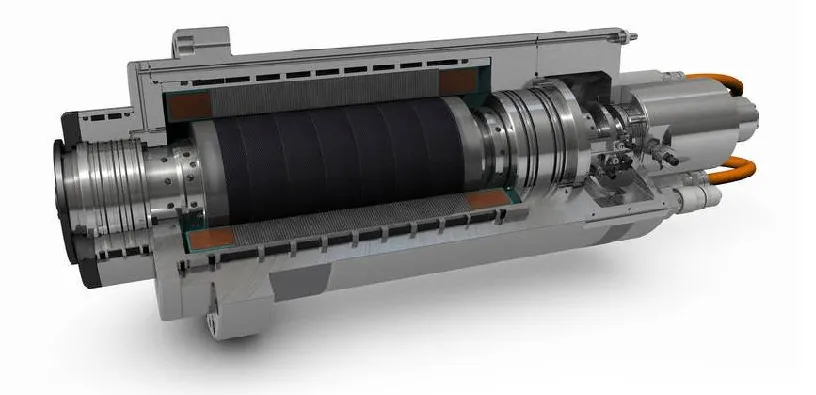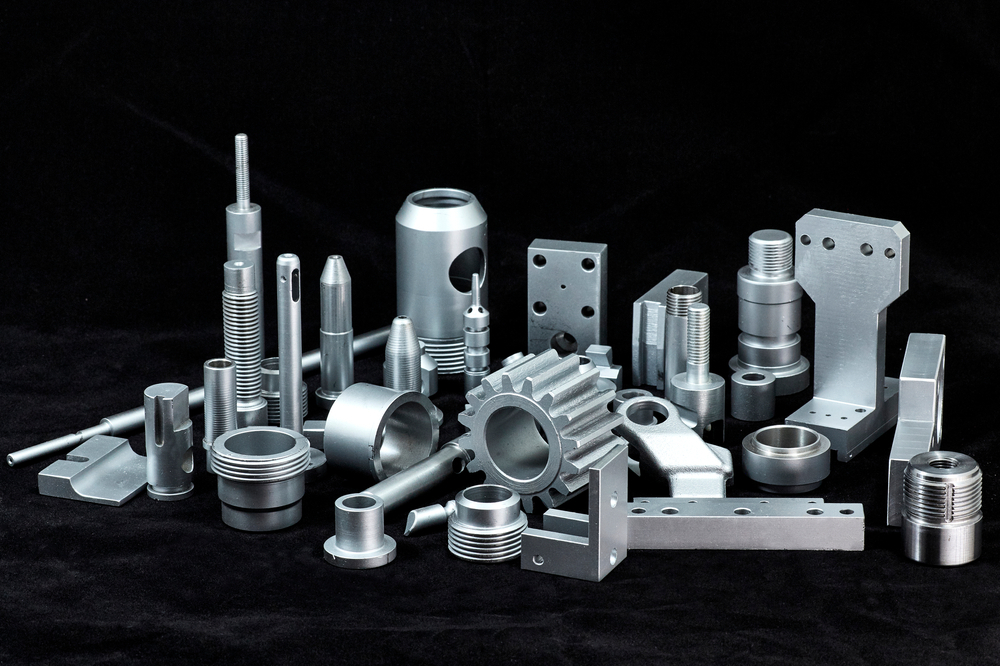Introduction
Modern manufacturing demands precision, speed, and cost-efficiency. Traditional methods often require multiple machines and setups, leading to increased production times and costs. Turning and milling machines address this challenge by combining two critical machining functions into one powerful tool. In this article, we’ll explore the benefits and advantages of turning and milling machines, their applications, and how they can revolutionize your production processes.
What are Turning and Milling Machines?
Turning Machines (Lathes)
Turning machines, or lathes, are used to rotate a workpiece while a cutting tool shapes it into the desired form. This process is ideal for creating cylindrical parts, such as shafts, pulleys, and bushings.
Milling Machines
Milling machines use rotating cutting tools to remove material from a stationary workpiece. These are excellent for creating complex shapes, slots, and surfaces on components.
Integrated Turning & Milling Machines
A turning and milling machine combines these two processes into a single multitasking solution. This integration allows manufacturers to perform both operations without transferring the workpiece between machines, streamlining production and improving accuracy.
How Do Turning and Milling Machines Work Together?
Integrated turning and milling machines operate by coordinating multiple axes of motion. Here’s how they function:
- Workpiece Setup: The workpiece is secured in the chuck or vice, ready for turning or milling operations.
- Turning Operation: The machine rotates the workpiece while a cutting tool shapes it, often creating cylindrical or conical parts.
- Milling Operation: The machine switches to milling, where rotating cutting tools perform tasks such as drilling, slotting, or contouring.
- Simultaneous Operations: Advanced models allow simultaneous turning and milling, further improving efficiency.
This synergy reduces manual handling, minimizes errors, and saves valuable production time.
Key Benefits of Turning & Milling Machines
1. Improved Efficiency
Combining turning and milling in one machine eliminates the need to transfer workpieces between machines, reducing setup times and streamlining workflows.
2. Enhanced Precision
Integrated machines ensure consistent alignment between turning and milling processes, minimizing errors and achieving superior accuracy.
3. Cost Savings
By using one multitasking machine instead of two separate machines, manufacturers save on equipment costs, floor space, and labor.
4. Space Optimization
Multitasking machines occupy less space than traditional setups, making them ideal for facilities with limited floor space.
5. Increased Flexibility
These machines can handle complex geometries, enabling manufacturers to produce intricate parts in one seamless operation.
Applications of Turning & Milling Machines
Turning and milling machines are versatile and used in a variety of industries, including:
- Aerospace: Producing turbine parts, landing gear components, and structural assemblies.
- Automotive: Crafting engine components, gears, and custom parts.
- Energy Sector: Shaping parts for wind turbines, generators, and pipelines.
- Medical Devices: Manufacturing surgical tools, implants, and precision instruments.
Their ability to handle diverse materials and complex designs makes them indispensable for precision manufacturing.
Considerations When Choosing a Turning & Milling Machine
1. Stability and Durability
Look for machines built with high-quality materials to ensure long-term performance and stability.
2. Precision and Accuracy
Check for advanced features like synchronized motion and tool alignment to achieve superior results.
3. Software Compatibility
Ensure the machine supports modern CAD/CAM software for streamlined programming and operation.
4. After-Sales Support
Reliable after-sales service and maintenance are critical for minimizing downtime and maximizing productivity.
HIRUNG EL Series: The Ideal Solution
At HIRUNG, we understand the challenges manufacturers face and are dedicated to providing advanced solutions. Our EL Series CNC lathes represent the pinnacle of multitasking machine tools, offering unmatched quality and performance.
Why Choose HIRUNG EL Series?
- Exceptional Precision: Designed to handle complex turning and milling tasks with ease.
- Global Trust: Our machines are used in 33 countries, trusted by leading manufacturers.
- Efficiency and Reliability: The third-generation EL Series improves stability, accuracy, and ease of maintenance.
Compact and Versatile: Perfect for manufacturers looking to optimize space and improve productivity.





